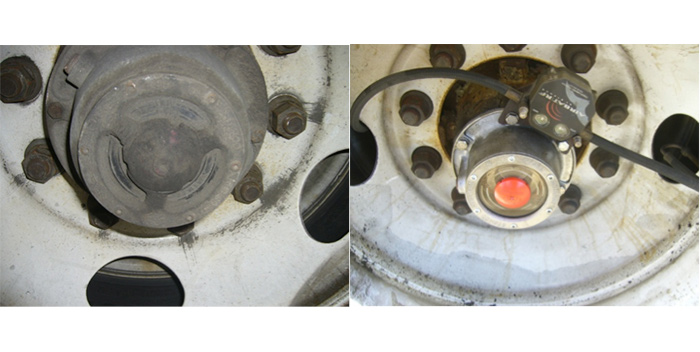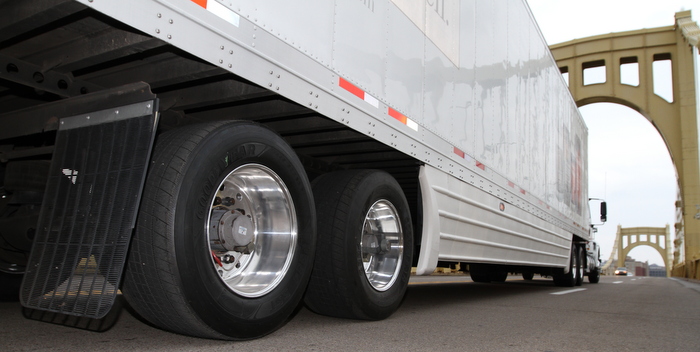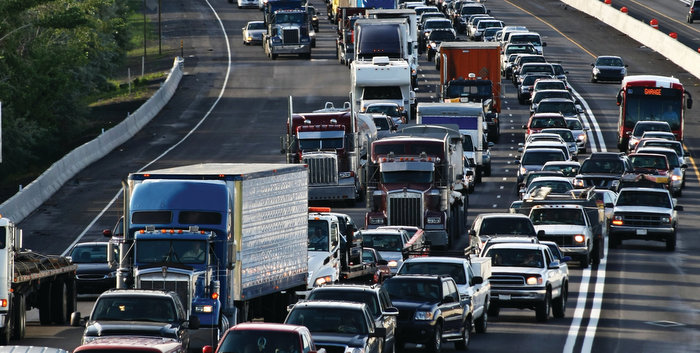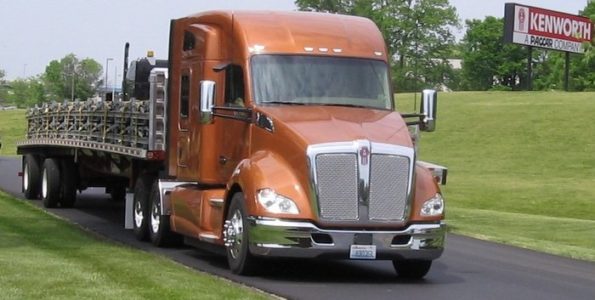EPA SmartWay reminds us that 35 billion gallons of diesel fuel is burned each year by rail and truck transport. As the economy grows and technology improves, the numbers become more staggering. Faster delivery services and increased internet shopping have boosted mileage—and emissions—from ground freight transportation, the agency claims.
If this trend continues, by 2012 ground freight transportation will consume more than 45 billion gallons of diesel fuel. Freight transport is expected to produce more than 450 million metric tons of carbon dioxide—a 25% increase over today’s levels, the EPA estimates.
The government agency is focused on the affect of emissions on the environment. While burning fuel is necessary to move goods efficiently by truck and rail, some of that fuel is wasted due to inefficient practices. And wasted fuel translates into wasted money as well as increased emissions of air pollutants, such as:
Carbon dioxide (CO2), the most prevalent greenhouse gas. Ground transportation contributes 30 million metric tons of carbon dioxide.
Nitrogen oxides (NOx), which contribute to ozone formation, commonly known as smog.
Particulate matter (PM) also has serious health and environmental effects. Ground freight transportation contributes 30% of all PM emissions.
The EPA developed SmartWay Transport Partnership Program, which is a collaboration between the freight industry and government to reduce air pollution and greenhouse gas emissions, improve fuel efficiency and strengthen the freight sector.
The goals of the collaboration are to reduce the impact of freight transport on the environment, and to help partners see the rewards to their business. Working together, they aim to reduce:
• Fuel consumption from trucks and rail delivering freight.
• Operating costs associated with freight delivery.
• Emissions of CO2.
• Emissions of NOx, PM and air toxins.
EPA SmartWay’s projected savings of between 3.3 and 6.6 billion gallons of diesel fuel per year represents a savings of as much as 150 million barrels of oil per year. We are reminded that this is the equivalent of taking 12 million cars off the road, leading our partners to save nearly $10 billion in operating costs.
We all know the benefits of reducing air pollution and fuel consumption— and no one is more mindful of these initiatives, and their investments, than fleet managers who are now buying equipment and products to help the EPA reach its goals. From 2010 emission-compliant engines to APUs, tractor/trailer fairings, route management software and fuel efficient tires, fleets are investing in ways to reduce emissions and fuel consumption. What they are all hoping for now is the promised return on investment. Happily, there are some fleets starting to report good results using the new technology.









